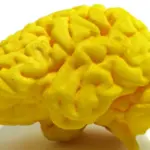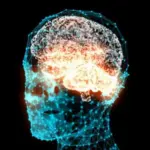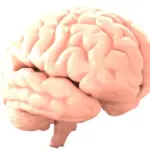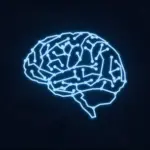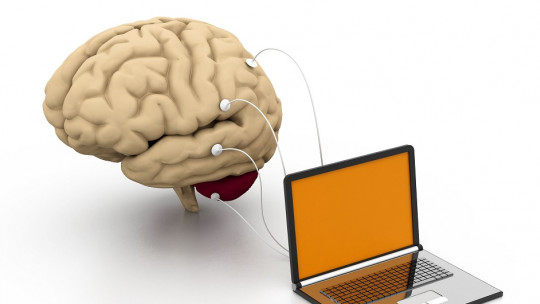
Sleep disorders are a form of discomfort that affect hundreds of thousands of people, but fortunately, they can be treated effectively.
One of the most useful resources to treat insomnia is neurofeedback in which the principles of psychotherapy join those of neuroscience.
Brain waves and neurofeedback
Neurofeedback is a procedure through which The nervous activity of the patient’s brain surface is measured and this information is offered in real time This is achieved just by applying senseores on the head, without the need for surgery or painful procedures.
In other words, it is based on allowing the patient to recognize the activity patterns of their brain to help them learn ways to alter them at will.
neurofeedback It is used to treat various types of psychological disorders, and one in which it is effective is insomnia. This makes sense, given that states of consciousness and the tendency to relax have clear effects on brain waves, which visually represent the frequency that the neurons in the brain adopt when coordinating with each other and emitting nervous impulses.
How is insomnia treated through neurofeedback?
Scientific research has been demonstrating for decades that at least Various waves of nervous activity can be encouraged through operant conditioning that is, they are prone to be controlled by the person through a system of incentives.
In the same way that in psychotherapy measures are established to reinforce the appearance of some behaviors and weaken the appearance of others, neurofeedback helps to do the same when it comes to facilitating the appearance of certain patterns of neuronal activation. In this case, those that predispose the person to fall asleep and put an end to the problem of insomnia.
How is this achieved? As we have seen, neurofeedback makes the person aware of aspects of their neuropsychological processes that would normally go unnoticed, and from there, it makes them capable of reinforcing those that serve their interests. In other words, it makes it easier for him to take control of some phenomena that take place in his body and that until that moment were semi-conscious, beyond his voluntary control.
As you learn the way in which certain ways of thinking, feeling and regulating what happens in the body generate changes in these processes, you also learn ways to modify the latter as appropriate.
Now, let’s look in more detail at how neurofeedback helps you sleep.
The importance of alpha and theta waves
In falling asleep, There are two types of brain waves that are especially important: alpha waves and theta waves
Alpha waves are those that indicate a relaxed state of consciousness in the person whose cerebral cortex begins to emit them. They are typical of the moments in which we daydream, they usually appear just before starting to doze: under their effect, we are awake, but at the same time we focus our attention on the imaginative processes and the recall of memories, or we simply do not think about them. Nothing concrete.
For its part, theta waves are those that appear when we start to sleep. With them, we almost completely disconnect from what is happening around us, but the level of activation is intense enough that if we wake up in this phase we believe that we have not started sleeping, we simply do not remember well what has happened.
Therefore, when applying neurofeedback to treat insomnia, the main objective is help the person induce a transition from alpha waves to theta waves To achieve this, the patient carries out different types of implicit learning, that is, they depend more on practice and experimenting on one’s own than on following purely theoretical instructions.
For example, it is known that the appearance of alpha waves is facilitated when the person’s gaze does not focus on any specific element of the visual field, so that everything remains “blurred”; This type of experience contributes to entering a relaxed and meditative state of consciousness, similar to that which also takes place during clinical hypnosis sessions. With neurofeedback, patients learn the practice of this type of phenomena, instead of remaining in a theory that in the case of those who develop sleep disorders is insufficient.

